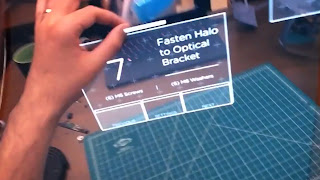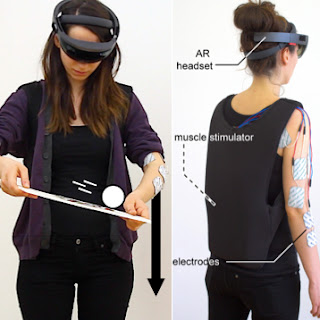The most important set of genetic
instructions we all get comes from our DNA, passed down through generations.
But the environment we live in can make genetic changes, too. Last year,
researchers discovered that these kinds of environmental genetic changes can be
passed down for a whopping 14 generations in an animal – the largest span ever
observed in a creature, in this case being a dynasty of C. elegans nematodes
(roundworms). To study how long the environment can leave a mark on genetic
expression, a team led by scientists from the European Molecular Biology
Organisation (EMBO) in Spain took genetically engineered nematode worms that
carry a transgene for a fluorescent protein. When activated, this gene made the
worms glow under ultraviolet light. Then, they switched things up for the
nematodes by changing the temperature of their containers. When the team kept
nematodes at 20° Celsius (68° F), they measured low activity of the transgene -
which meant the worms hardly glowed at all.
But by moving the worms to a
warmer climate of 25° C (77° F), they suddenly lit up like little wormy
Christmas trees, which meant the fluorescence gene had become much more active.
Their tropical vacation didn't last long, however. The worms were moved back to
cooler temperatures to see what would happen to the activity of the
fluorescence gene. Surprisingly, they continued to glow brightly, suggesting
they were retaining an 'environmental memory' of the warmer climate – and that
the transgene was still highly active. Furthermore, that memory was passed onto
their offspring for seven brightly-glowing generations, none of whom had
experienced the warmer temperatures. The baby worms inherited this epigenetic
change through both eggs and sperm. The team pushed the results even further -
when they kept five generations of nematodes at 25° C (77° F) and then banished
their offspring to colder temperatures, the worms continued to have higher transgene
activity for an unprecedented 14 generations.
More information:




